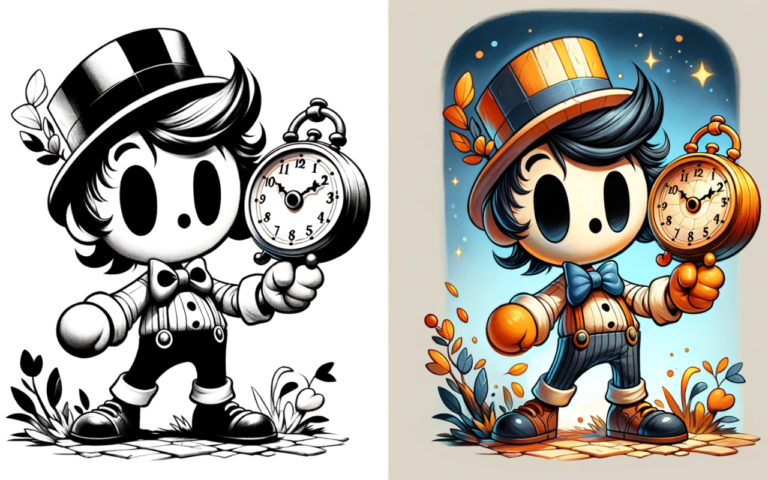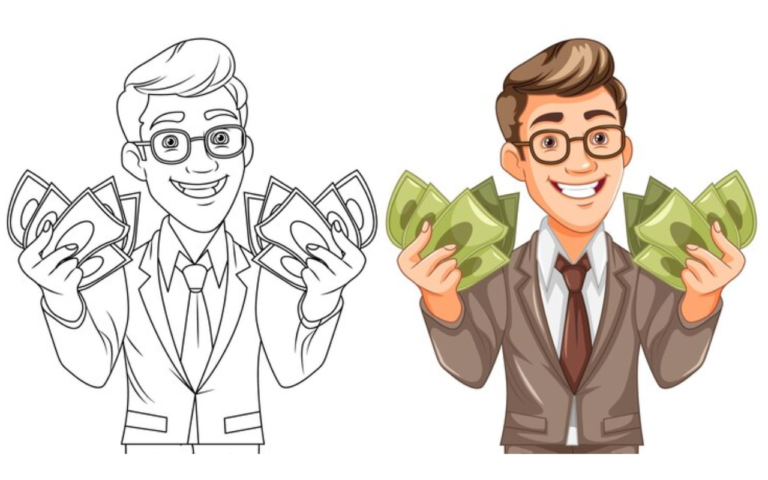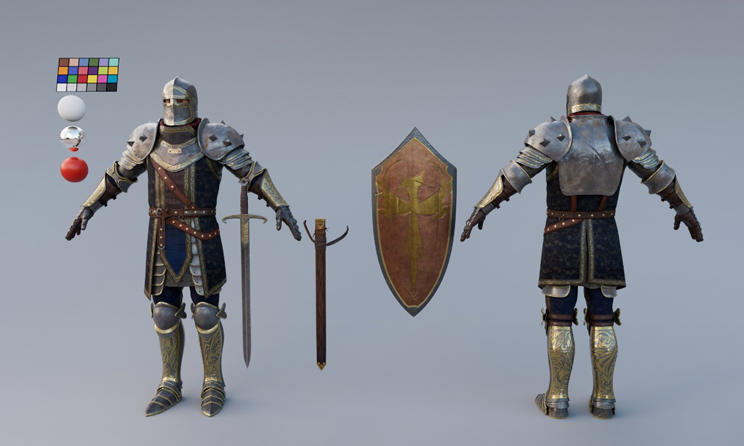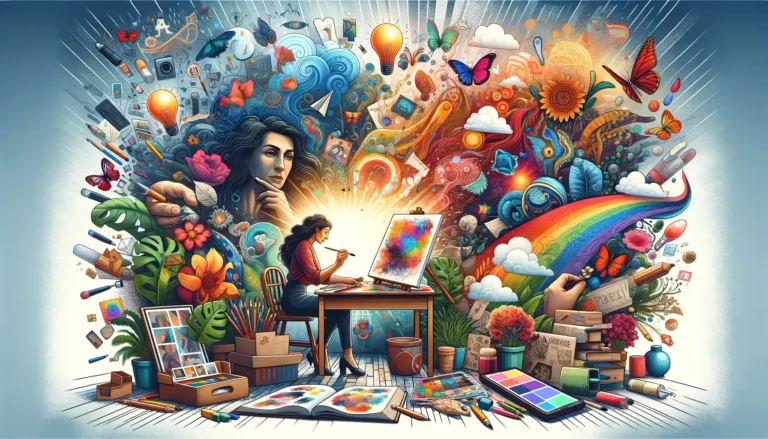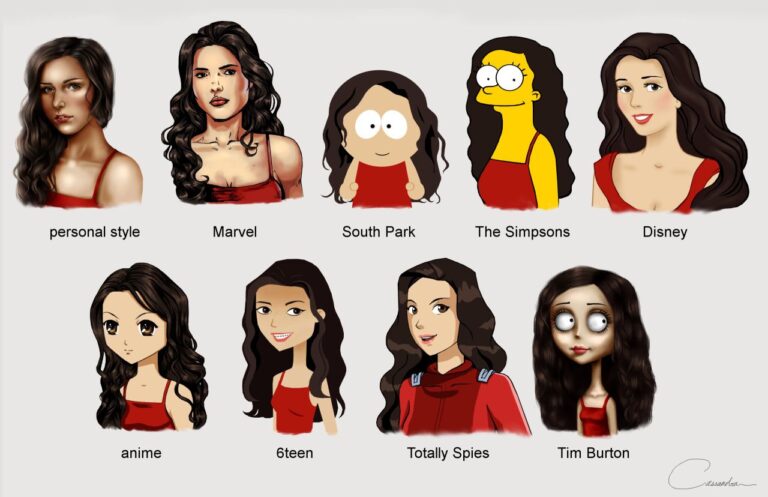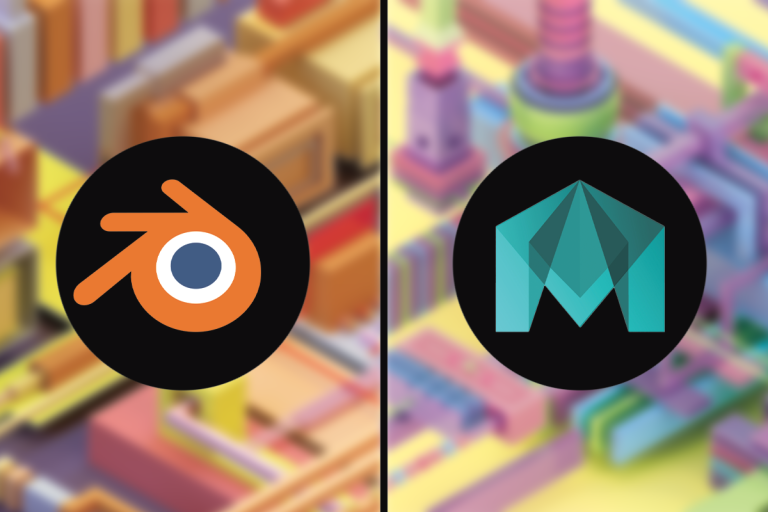Have you ever wondered how artists use color to portray moods, convey meaning, and guide the viewer’s eye? Understanding color definition in art is key for anyone working visually. Color is an elemental building block of visual art. Mastering color relationships allows artists to set compositional moods, guide the viewer, convey concepts, and stir emotion.
This guide covers the basics in a simple way, from the color wheel and theory to color harmonies and meanings. Read on to learn how to wield color purposefully in your artwork!
What is Color Theory?
Color theory examines how colors interact with and influence each other. It provides a framework for combining hues in aesthetically pleasing ways that create visual impact. Studying color theory helps artists, designers and more use color strategically to evoke certain sensations and direct attention.
In order to generate harmonic and aesthetically pleasing compositions, color theory offers a framework for artists, designers, and anybody else working with colors in different industries.
There are 3 categories in color theory:
- The color wheel
- The color harmony
- The color context
1. The Color Wheel: Primary, Secondary and Tertiary Colors
The circular diagram is based on red, yellow, and blue, which points to the relationships and connections between different colors. Sir Isaac Newton developed the first color wheel in 1666 with seven colors (red, blue, orange, green, yellow, indigo, and violet). The color wheel is divided into 9 categories. The wheel also contains warm colors on one half and cool colors on the other. This contrast is useful for composition.
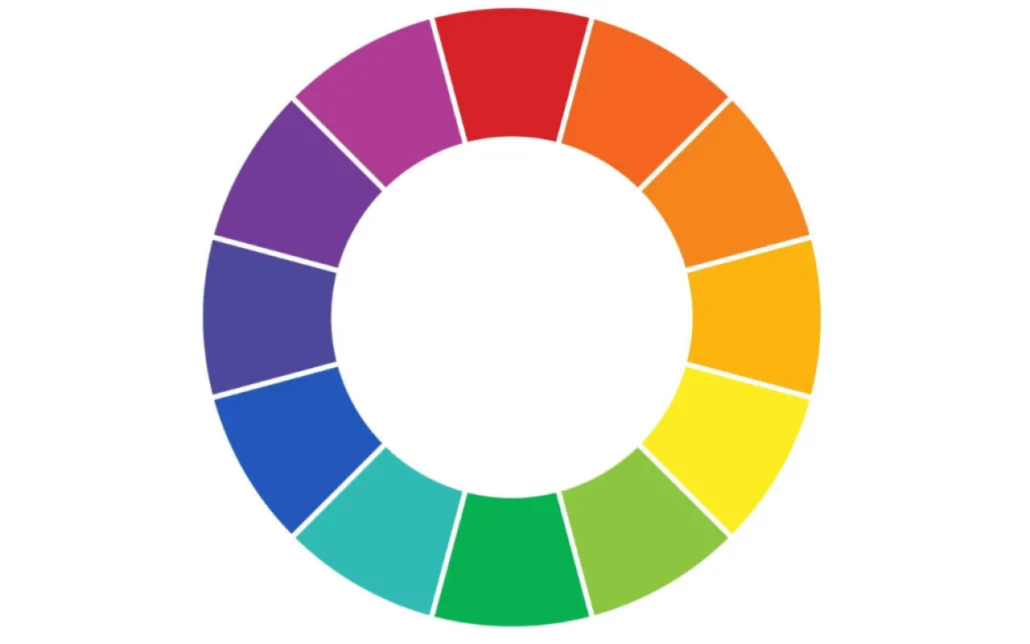
Primary Colors
These are the main components of the range of other colors; in other words, all the colors are derived from primary colors, also called RBG. Traditionally, the combination of red, yellow, and blue can form several colors.
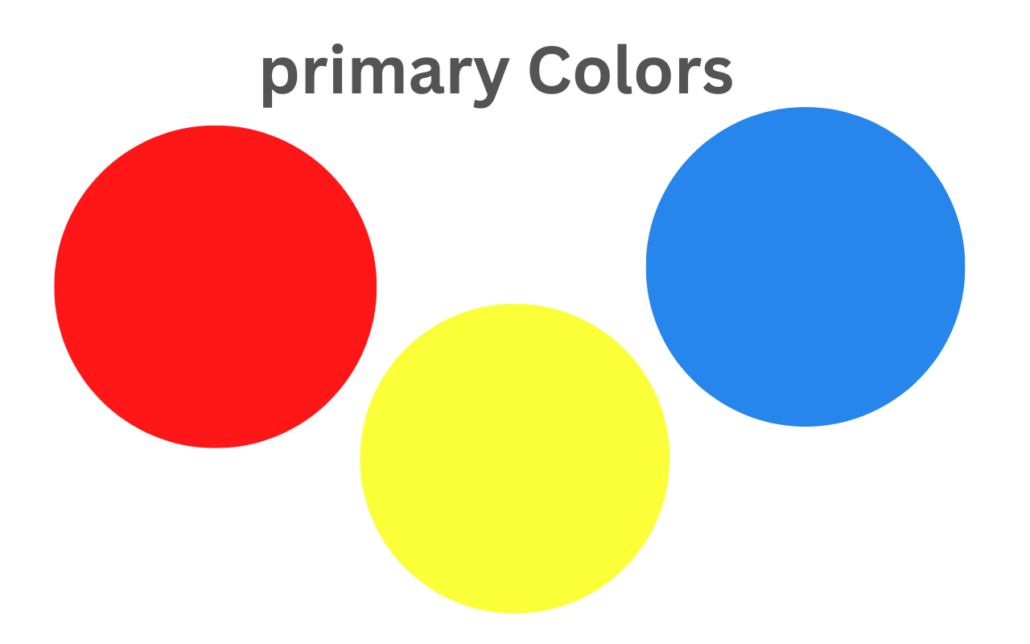
Secondary Color Definition in Art
When you mix two primary colors, the result is a secondary color. Let’s see the compounds.
Red + Yellow = Orange
Yellow + Blue = Green
Blue + Red = Purple
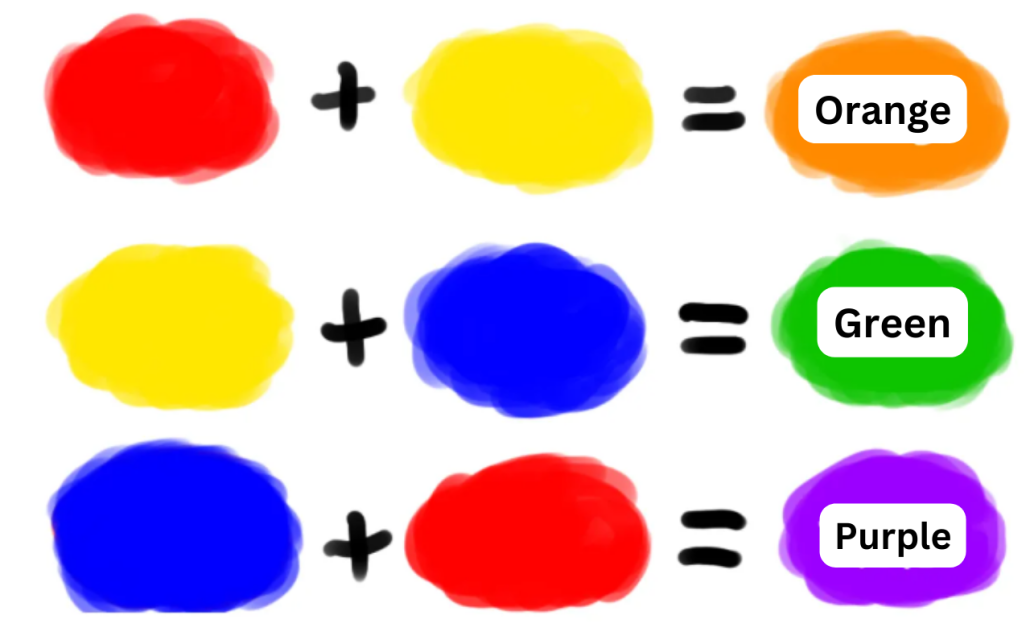
Tertiary Color
The combination of secondary color and primary color is a tertiary color. For example, magenta (red-purple), vermillion (red-orange), amber (yellow-orange), chartreuse (yellow-green), teal (blue-green), and violet (blue-purple).
In addition, if we draw a line through the center of this color wheel, we will have a range of warm colors on the left hand and cool colors on the right hand. Warm color definition in art show brightness and energy, whereas cool colors show calmness and peace.
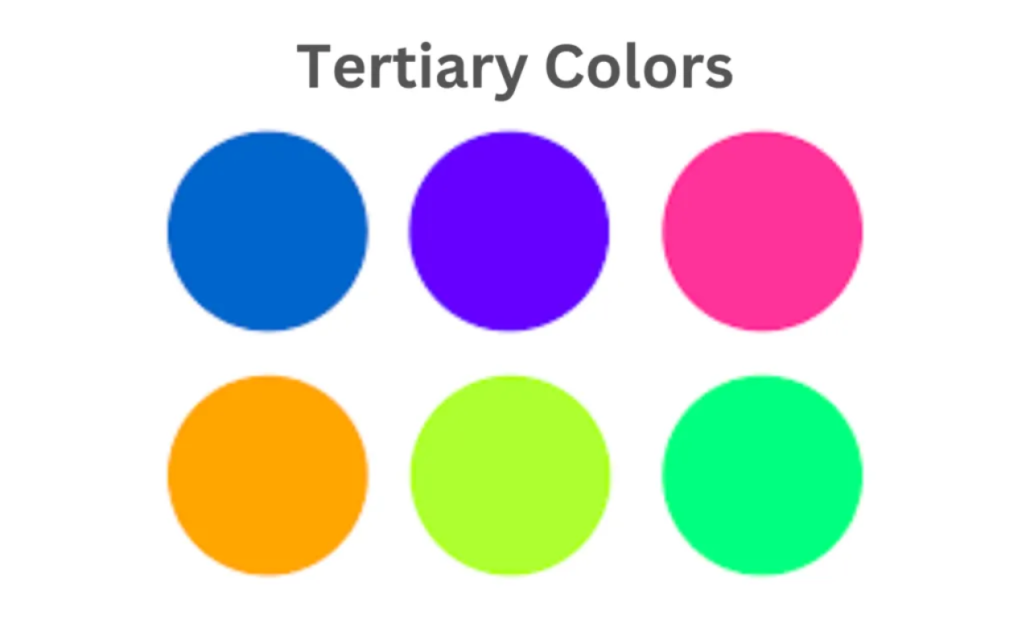
3. The Color Harmony: Pleasing Color Combinations
Color harmony definition is related to a color combination pleasing to the eye and a primary color theory. Color harmony creates a sense of balance and satisfaction in art. This arrangement can provide an excellent structure and effect.
There are different levels of complexity in harmonies:
- Complementary colors
- Analogous colors
- Triads
- Monochrome
Complementary Colors
Opposites on the wheel that create high contrast, like red & green. As we understand from the name ‘complementary,’ the colors here are directly opposite on the wheel. If you want to know more about complementary colors, click here and watch the video.
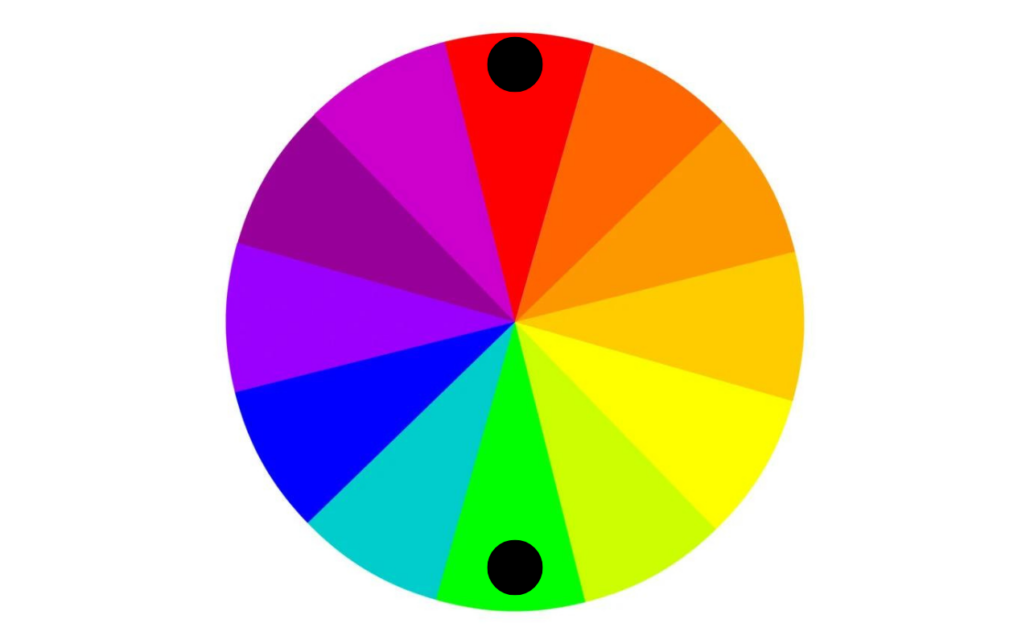
Analogous Colors
Adjacent on the wheel, creating harmony through similarity. These colors are very similar to each other, especially when they are next to each other. Analogous colors can be seen on both sides of the key color around the wheel. These combinations usually represent colors in nature.
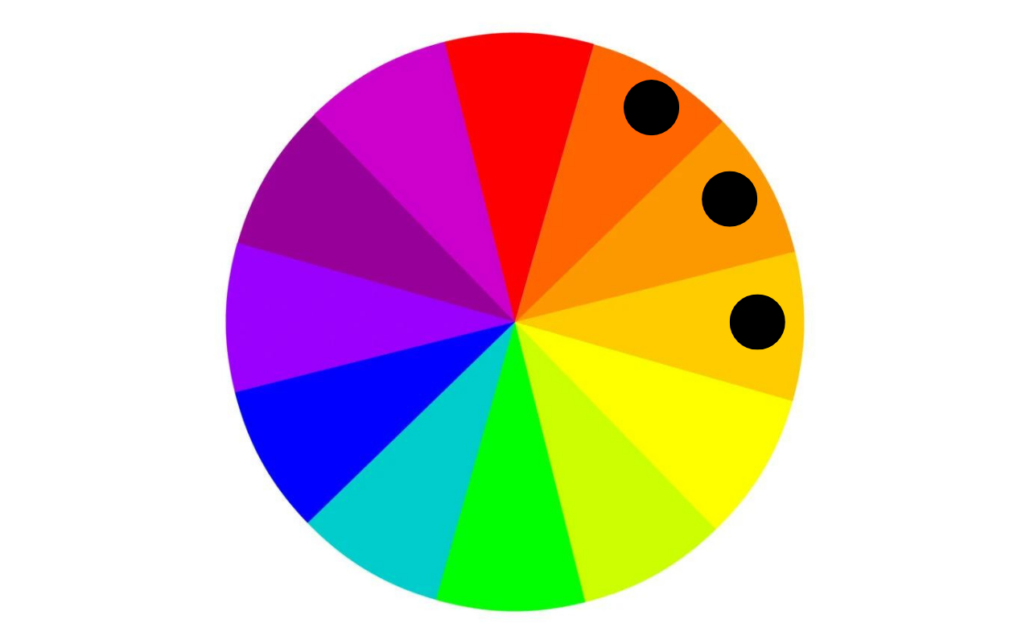
Triads Color
Three equidistant colors that form a triangle on the wheel. The combination of only 3 colors, which are equally spaced around the color wheel. In other words, there are only 4 triadic colors:
- Red, Yellow, Blue
- Red-orange, Yellow-green, Blue-violet
- Orange, Green, Violet
- Yellow-orange, Blue-green, Red-violet

Monochrome
Multiple tones, shades and tints of one single hue. To have this harmony, you must combine a single color with its different tones. This relationship is where you can use your creativity. If you want to know more about monochrome colors, click here and watch the video.
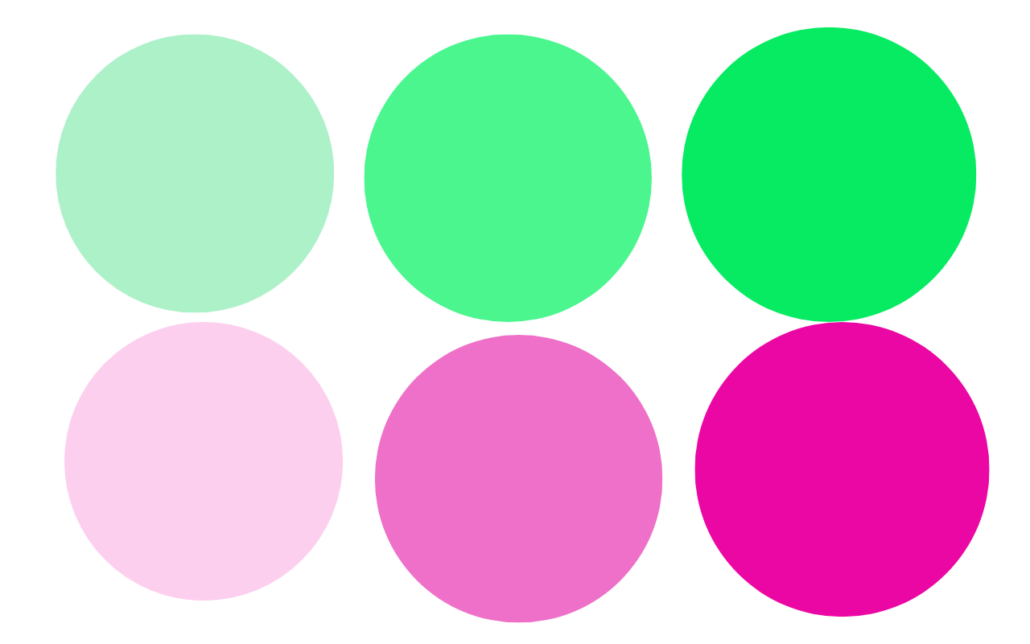
3. The Color Context
Observing the effects that colors can have on each other in different combinations. In addition, the color context is according to the meanings that each color can have in different contexts. The colors you choose to combine are crucial in how they are perceived. So you need to pay more attention to how much contrast you need. For example, during the color correction stage, while creating an animation, the color script outlines the specific color mapping, styles, and palette to adjust the colors of each frame.
Beyond just being a physical reflection of light, color also has psychological, cultural, and artistic components. It is essential to art, design, communication, and many other professions since it enables us to express our feelings, send messages, and make visual experiences. Context also informs interpretation. Understanding these factors helps artists wield color purposefully.
Key Color Schemes for Harmonious Palettes
Complementary schemes feature opposing hues on the wheel, generating high contrast. Analogous schemes employ neighboring colors for subtle gradient interest. Triadic formations use three equidistant colors on the wheel to form vibrant triangles. Tetradic systems connect two complementary pairs. Monochromatic plans utilize tints, tones and shades of single hues.
Here are some color combinations with perfect harmony:
- Royal blue – peach
- Blue – pink
- Charcoal – yellow
- Red – Yellow
- Lime green – electric blue
- Lavender – teal
- Cherry red – off-white
- Baby blue-white
The Meaning & Definition of Color in Art
Beyond physics, color also carries psychological meaning and cultural symbolism, like what you can see in the psychology of animation color.
Red: Power, Passion, and Energy
Orange: Joy and Enthusiasm
Yellow: Happiness and Intelligence
Green: Growth and Ambition
Blue: Peace and Confidence
Purple: Luxury and Creativity
Black: Power and Mystery
White: Safety and Innocence
Additive vs. Subtractive Color
Light-based mediums like video displays use an additive color process. Beams combine to form new hues, with all wavelengths reaching our eyes simultaneously creating pure white. Painting and inks use a subtractive model, with pigments absorbing certain wavelengths to selectively reflect remainder colors. Combining all pigments would result theoretically in black. Knowing your color origin empowers mixing.
Final words
Learning color theory grants artists great power over their visuals. Use the wheel to experiment with new hues. Lean into harmonies for beautiful palettes. And wield symbolic colors judiciously based on desired response. With practice, color becomes an impactful tool for visionaries across all visual fields to master.


